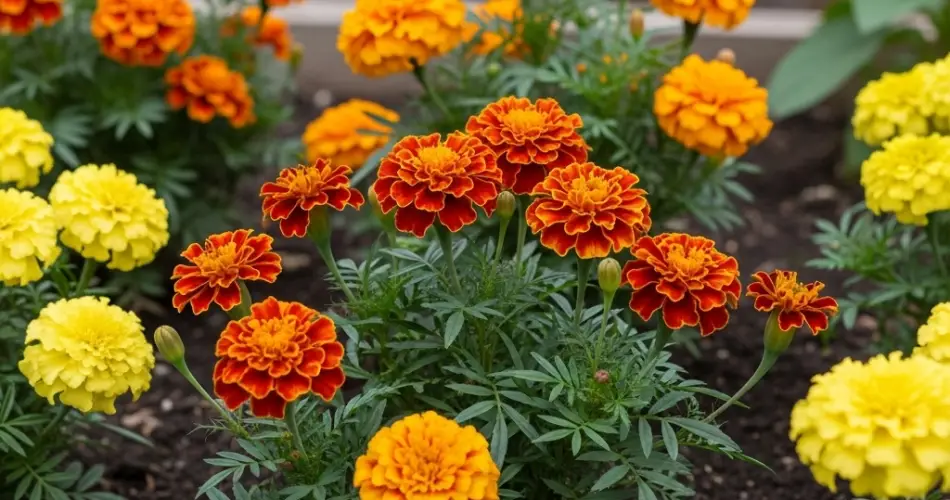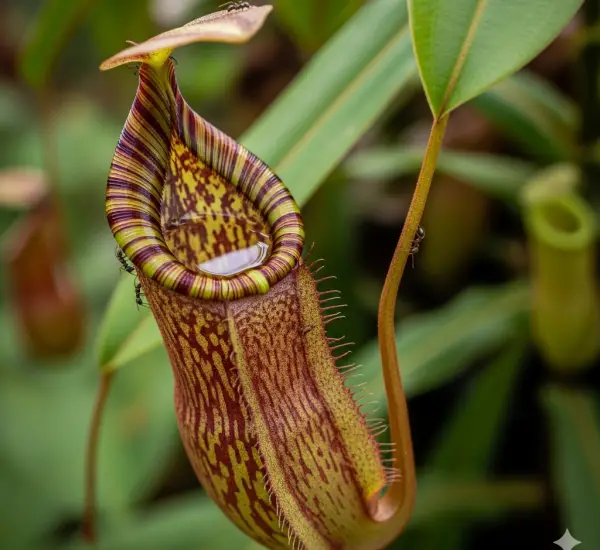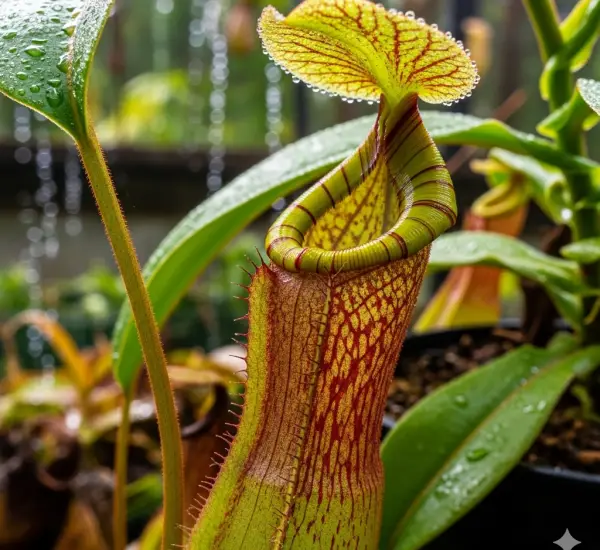Marigolds are more than just cheerful additions to your garden—they’re also powerful allies in natural pest control. With their vibrant blooms and unique scent, marigolds have been used for generations to protect vegetables, herbs, and ornamental plants from a variety of pests. While their pest-repelling abilities are well-known among gardeners, not all marigolds work the same way, and understanding how to use them effectively is key to maximizing their benefits.
In this article, we explore how marigolds act as natural pest repellents, which varieties are most effective, and how to incorporate them into your garden for best results.
Why Marigolds Repel Pests
Marigolds produce compounds that are toxic or repellent to many common garden pests. The most notable is alpha-terthienyl, found in the roots of certain marigold species. This compound is particularly effective at deterring nematodes, microscopic worms that attack plant roots and stunt growth.
Marigolds also emit a strong scent from their foliage and flowers that confuses or repels insect pests such as:
-
Aphids
-
Whiteflies
-
Cabbage moths
-
Mosquitoes
-
Mexican bean beetles
In addition to repelling pests, marigolds attract beneficial insects like ladybugs and hoverflies that feed on garden pests, contributing to a healthy garden ecosystem.
Best Marigold Varieties for Pest Control
Not all marigolds are equally effective as pest repellents. The two most useful species for this purpose are:
1. French Marigolds (Tagetes patula)
-
Short, bushy plants with red, orange, or yellow blooms.
-
Extremely effective against root-knot nematodes.
-
Ideal for planting near tomatoes, beans, and carrots.
2. African Marigolds (Tagetes erecta)
-
Taller plants with large, globe-shaped flowers.
-
Repel a wide range of flying insects and caterpillars.
-
Best used in borders or larger planting beds.
3. Signet Marigolds (Tagetes tenuifolia)
-
Small, dainty flowers with citrus-scented foliage.
-
Attract pollinators and beneficial insects.
-
Useful for companion planting but less potent against nematodes.
French marigolds are typically the most effective when it comes to direct pest control, especially for soil-borne issues.
How to Use Marigolds for Pest Repellent
To take full advantage of marigolds’ natural repellent properties, placement and density are important. Here’s how to make the most of them in your garden:
1. Interplant with Vegetables
Plant marigolds directly among your vegetables. For example:
-
Around tomatoes, to deter whiteflies and nematodes.
-
Near squash and cucumbers, to ward off aphids and beetles.
-
With beans, to confuse Mexican bean beetles.
Spacing marigolds every 12 to 18 inches ensures their roots and scent are distributed enough to have a protective effect.
2. Use as a Border Plant
Create a border of marigolds around garden beds or along walkways. This can serve as a barrier to crawling pests and attract beneficial predators to your growing space.
3. Grow as a Cover Crop
For more serious nematode problems, grow a dense planting of French marigolds in the affected bed for 2–3 months, then remove and compost the plants before replanting your vegetables. This method disrupts the nematode life cycle and improves soil health.
Common Myths vs. Reality
While marigolds are effective in many scenarios, some common myths have exaggerated their abilities. Let’s set the record straight:
-
Myth: Marigolds repel all pests.
Reality: They are helpful against specific pests like nematodes and aphids, but won’t protect against all insects or diseases. -
Myth: Any type of marigold will work.
Reality: French marigolds are the most effective for pest control; other types offer more limited benefits. -
Myth: One or two marigolds will protect a whole garden.
Reality: To be effective, marigolds must be planted in sufficient quantity and in close proximity to the crops you want to protect.
Understanding the limitations and strengths of marigolds helps ensure realistic expectations and better results.
Tips for Growing Healthy Marigolds
To maximize the pest-repelling power of your marigolds, keep them healthy and vigorous:
-
Full Sun: Marigolds need 6–8 hours of direct sunlight daily.
-
Well-Drained Soil: Avoid overly wet conditions, which can lead to root rot.
-
Deadhead Spent Blooms: This encourages more flowers and a longer blooming season.
-
Avoid Excessive Fertilizer: Too much nitrogen can result in lush foliage with fewer flowers, which reduces effectiveness.
Marigolds are easy to grow from seed and can be started indoors or sown directly into the garden after the last frost.
Final Thoughts
Marigolds are more than just ornamental flowers—they’re a valuable part of an organic gardening toolkit. By selecting the right varieties and placing them strategically, you can reduce pest pressure naturally and attract beneficial insects to your garden. While not a cure-all, marigolds offer a simple, effective way to support plant health and garden productivity without relying on harsh chemicals.
With a little planning, you can turn these sunny blooms into powerful protectors in your garden space.



